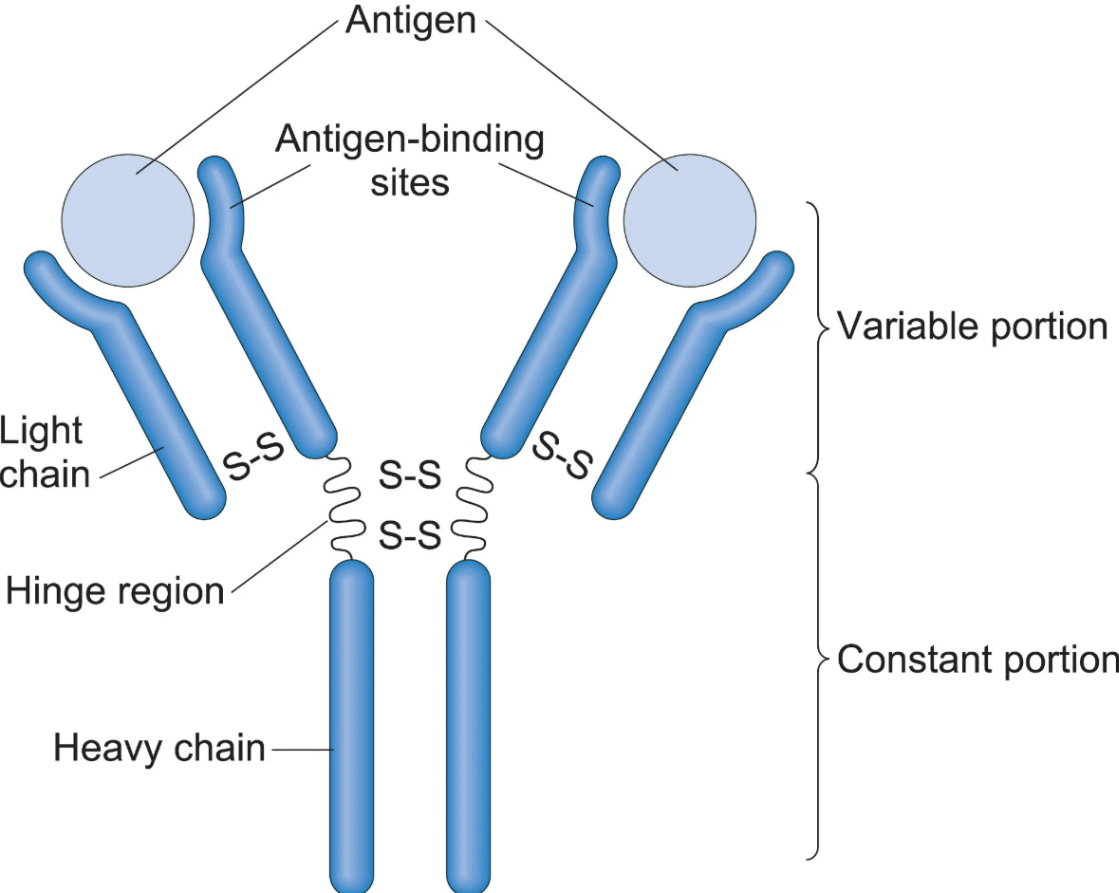Give 2 examples of barriers that form the 1st line of defence
Skin
Nose hair
Eyelashes and eyelids
Lysozyme (tears/saliva)
pH
Mucous membranes
Cilia
What is the name of the two main branches of the third line of defence?
BONUS 100 POINTS - which cells are involved in each branch?
Humoral immunity
Cell mediated immunity
What is an allergen?
Something that is normally harmless but the immune system mistakenly recognises as foreign and initiates allergic/hypersensitive response
When majority of the population is vaccinated for an infectious disease. It protects those who cannot be vaccinated for reasons such as age or those who are immunocompromised (weak immune system/allergy)
Which pathogens can be destroyed via lysis and which can be destroyed via apoptosis?
Bacteria - Lysis
Virus - Apoptosis
What is the role of memory cells in immunity
- lead to faster and stronger immune response if the same antigen is encountered again
- no need for Th stimulation
Identify the difference between natural and artificial immunity
natural - natural exposure to pathogen or antibodies
Artificial - gained through medical intervention
Primary response - initial exposure to pathogen via vaccination. Usually creates small amount of antibodies and takes longer
Secondary response - much more rapid response producing many antibodies due to memory cells present. Can be natural exposure/booster shot
List/draw the steps of phagocytosis of a pathogen and its release from the cell
1. Pathogen is engulfed by a phagocyte (e.g. macrophage)
2. Phagosome is formed
3. Phagosome fuses with lysosome inside phagocytic cell, releasing chemicals and enzymes to destroy the pathogen
4. Digested/destroyed pathogen is released via exocytosis
Draw a fully labelled diagram of an antibody including all key regions and portions

Identify the differences, pros, and cons between active and passive immunity.
active immunity: body makes antibodies, long-term protection, takes time to develop,
passive immunity: antibodies are given to you (usually via mother IgG), short-term protection, immediate effect
What are 3 ways society can help prevent the spread of disease
Public health care
Social distancing
Quarantine
Face masks/hand hygeine
Chemotaxis - Attracting immune cells (e.g. macrophages) to the site of infection
Opsonisation - Tagging pathogens to make them easier for phagocytes to engulf
Membrane attack complex - Formation of a pore on the pathogens membrane to cause lysis
Describe the steps in the creation of antibodies and memory cells from encountering a new pathogen after the first and second line has been breached
1. Pathogen is engulfed by APC and antigen fragment is presented on the surface of the cell
2. APC travels to lymph node and binds to T-helper cell
3. T-helper cell releases cytokines to attract other cells (e.g. B cells)
4. Clonal selection/expansion - the correct B cell with the right antibody is selected. B cell then cloned + differentiated to create many antibody releasing plasma cells and some memory cells
Name and describe each antibody function.
Neutralization: blocks harmful sites on pathogens e.g. toxins
Agglutination: clumps cells together
Opsonisation: Tags pathogens for easier recognisation by phagocytes
Complement activation: triggers lysis via MAC
Sporadic
Endemic
Epidemic
Pandemic
Sporadic – A disease that occurs irregularly and infrequently in a population.
Endemic – A disease that is consistently present at a stable level within a particular geographic area or population.
Epidemic – A sudden increase in the number of cases of a disease in a particular area or population.
Pandemic – An epidemic that has spread across multiple countries or continents, affecting a large number of people worldwide.
If someone has a genetic disorder where their mast cells CANNOT release histamine, what would be 2 effects on their inflammatory response?
Reduced blood vessel dilation - Less immune cells to site of infection
Reduced permeability of blood vessels - Less immune cells can leave the blood vessels
List the steps in the destruction of infected virus/cancerous cells via killer T cells.
1. Killer T cell recognises infected/cancerous cell antigens via non-self receptors
2. Killer T cell release perforins to form holes in the membrane of cells
3. Granzymes are released to induce apoptosis of infected cell
Draw and label a picture of mast cell activation during an allergic response
How do monoclonal antibodies function to fight autoimmune diseases/cancer?
- blocking receptors where growth factors bind preventing cancerous cells to continue growing and dividing
- Contain radioactive particles/drugs to directly destroy target cells
- Opsonisation to help phagocytes identify cancerous cells
- Prevent growth of new blood vessels by binding to growth factor which creates them